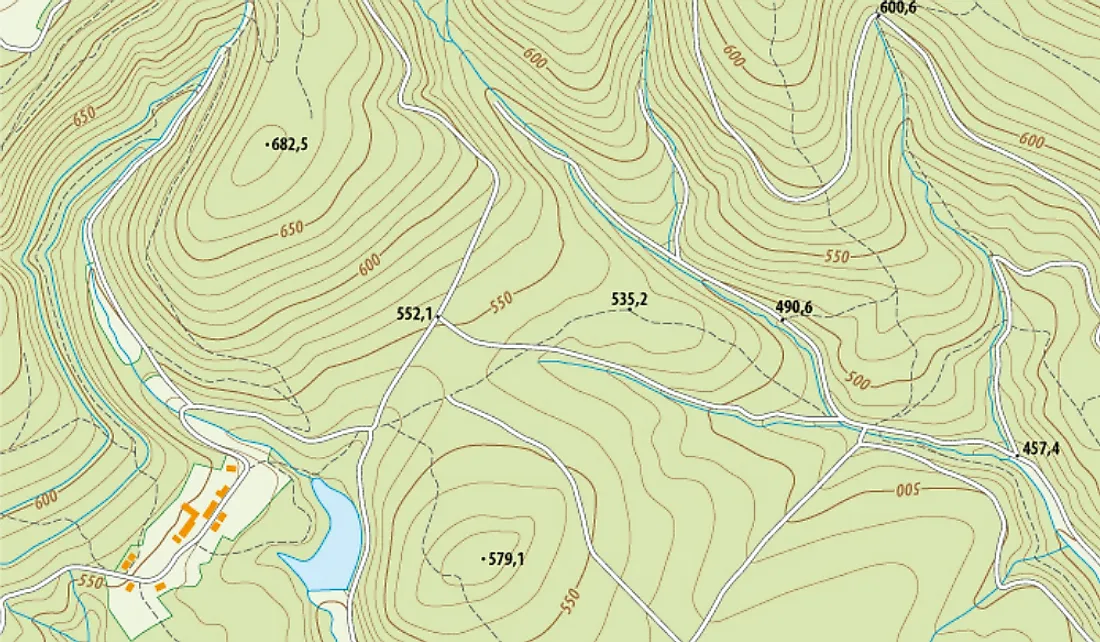What Is Topography?

Topography refers to the detailed written representation of a place or area including lakes, major rivers, mountains, valleys, latitudes, and roads. The term is also used to refer to the comprehensive study of the surface of the earth, moon, asteroids, meteors, and other planets. The word “topography” is derived from two Greek words namely “topos” and “graphein.” These words mean “place” and “to write” respectively. Topography is interconnected with surveying. Some of the earliest detailed surveys were championed by the US’s Topographical Bureau of the Army in 1812. Nonetheless, in the 20th-century topographical mapping began to take its course as a more accurate measure of places. The focus of topography today is a three-dimensional representation of the surface of the earth. Scientists achieve this objective by measuring and recording the contour lines. Most recently, the use of satellite technology has resulted in Google Maps which happens to be the first complete and widely available survey of planet earth.
Topographical Features
The four main topographical features are landforms, elevation, latitude, and longitude. The term landform refers to physical features that impact an area such as rivers, dams, lakes, roads, mountains, oceans, valleys, cities, and hills. On the other hand, elevation is a record of the height of mountains and other objects with reference to the sea level. On a topographical map, the elevation is indicated by contour lines. Points that touch the contour lines should be of the same elevation. When the contour lines are close to each other, they denote varying elevations. The closer the contour lines to each other, the steeper the slope of the land. An area’s latitude is the north or south position in relation to the equator which is located at the middle of the earth and as such has a longitude of zero degrees. By contrast, longitude is the east or west location of a place with reference to the Prime Meridian. This position is measured in degrees.
Methods Used to Gather Information Used for Topographical Maps
There are two approaches used in topography; direct survey and indirect survey. The most popular method is the direct survey. This technique involves direct measurement of the elevation, location of land, and distances. Equipment used for this manual measurement includes clinometers, theodolites, and levels. The direct survey is the source of the primary data used for topographic mapping, which includes the digital imaging systems. On the other hand, the indirect survey involves one using methods such as satellite pictures, radar, sonar mapping, and images taken from planes. The forms of topography include raw survey data and remote sensing data.
Significance of Topography
There are several applications of topography in real life. In agriculture, topography assists in determining methods of soil conservation and the flow of water. Scientists also use topography for environmental conservation. An understanding of the contour of the land helps scientists in setting up wind blocks and watersheds to avoid soil erosion. Besides, the weather patterns of a place are influenced by their terrain and physical features. Thus, topography helps in forecasting weather patterns. The military also uses the information on water, hills, and elevation to plan their military strategies. Civil engineers and other construction experts require the information regarding land features and terrain for effective execution of their duties.











